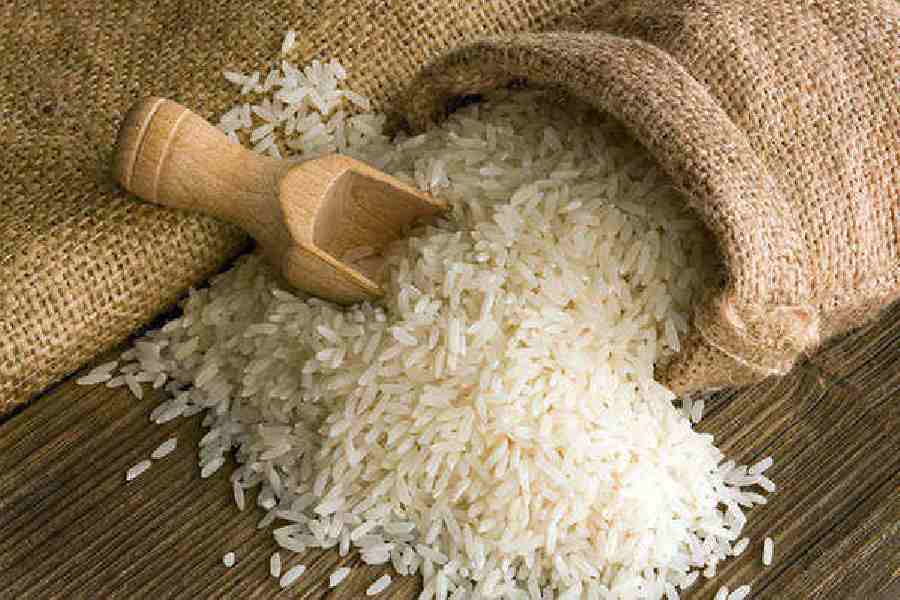
India allowed the export of non-basmati white rice to Mauritius through National Cooperative Exports
NEW DELHI : The Indian Government has permitted the export of 14,000 tonnes of non-basmati white rice to Mauritius, according to an official notification.
The exports are allowed through the National Cooperative Exports Limited, as stated in the Directorate General of Foreign Trade notification. The export of non-Basmati white rice was previously banned in July 2023 to ensure food security and control domestic prices.
India had previously allowed the export of this kind of rice to other countries such as the Philippines, Nepal, Cameroon, Cote d’Ivoire, the Republic of Guinea, Malaysia, Seychelles, Singapore, Comoros, Madagascar, Equatorial Guinea, Egypt and Kenya, albeit with varying quantities.
The export of rice was permitted based on the request of other governments and to meet their food security needs.
Benin, the UAE, Nepal, Bangladesh, China, Cote D’Ivoire, Togo, Senegal, Guinea, Vietnam, Djibouti, Madagascar, Cameroon Somalia, Malaysia, and Liberia are some of the countries that import non-basmati rice from India.
To prevent exports of non-basmati white rice, which had already been categorised as prohibited since July, the Indian government introduced additional safeguards by imposing a minimum floor price on exports of basmati rice in late August.
The 20% export duty on parboiled rice was also been extended until March 31, 2024, as the government aimed to maintain adequate domestic availability and check its price.
In September 2022, India banned the exports of broken rice and imposed a 20% duty on exports of non-Basmati rice, except for parboiled rice, due to concerns about low production. However, the ban was lifted in November.
A duty was introduced from Aug 25, 2023, to Oct 16, 2023, to maintain domestic availability and check the price.
The above decision is expected to benefit the rice industry in India and is likely to increase the country’s export revenue.
Non-Basmati white rice is a type of rice that is grown in non-basmati regions of India, and it is known for its high starch content and low amylose content. The rice is typically used for making snacks, desserts, and other food products.
